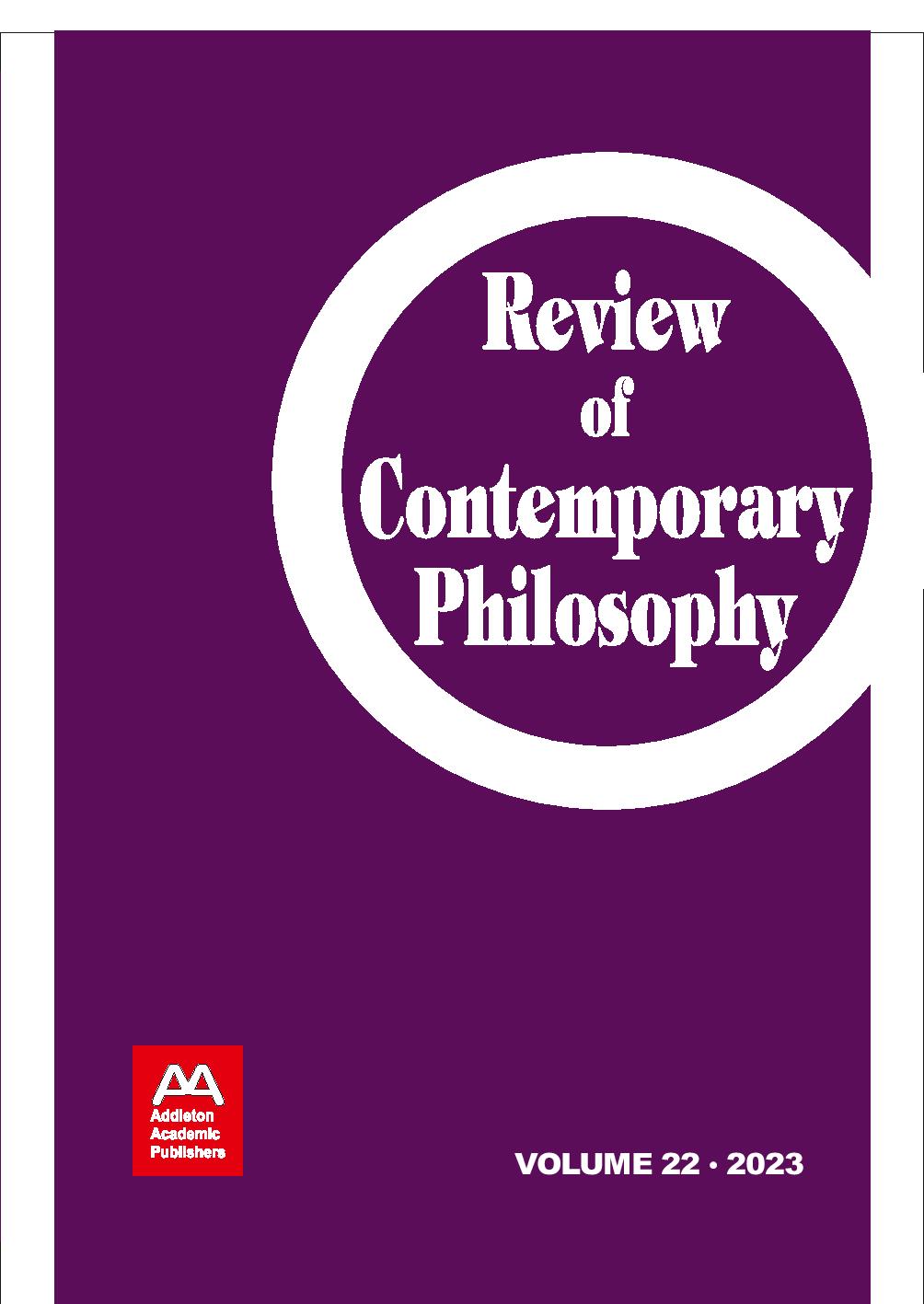
The survival of Jews during the Holocaust as a research problem
The survival of Jews during the Holocaust as a research problem
Keywords: Jews; Holocaust
The issue of the protection of Jews during the Second World War is a subject of long-term focus for the author. She has conducted numerous interviews in the United States (particularly in New York) and Israel with survivors of the Holocaust, and also with those who undertook the challenge of saving them. These conversations bring to light the multifaceted problem of the resistance of Jews who had the courage to stand up to the German occupier. Available sources are sufficiently rich in content to be used for the purpose of a proper analysis. It could appear that the subject of the Holocaust has by now been exhausted, however in the majority of publications devoted to the topic the resistance put up by Jews is mentioned only when it took the form of armed struggle. No attention is given to other kinds of opposition, also passive, such as sabotage in workplaces or even choosing the means of ending one’s life. Without a doubt Jews showed that they were capable of fighting for survival, and, as the present article intends to demonstrate, they employed numerous and diverse methods in their struggle.
More...

